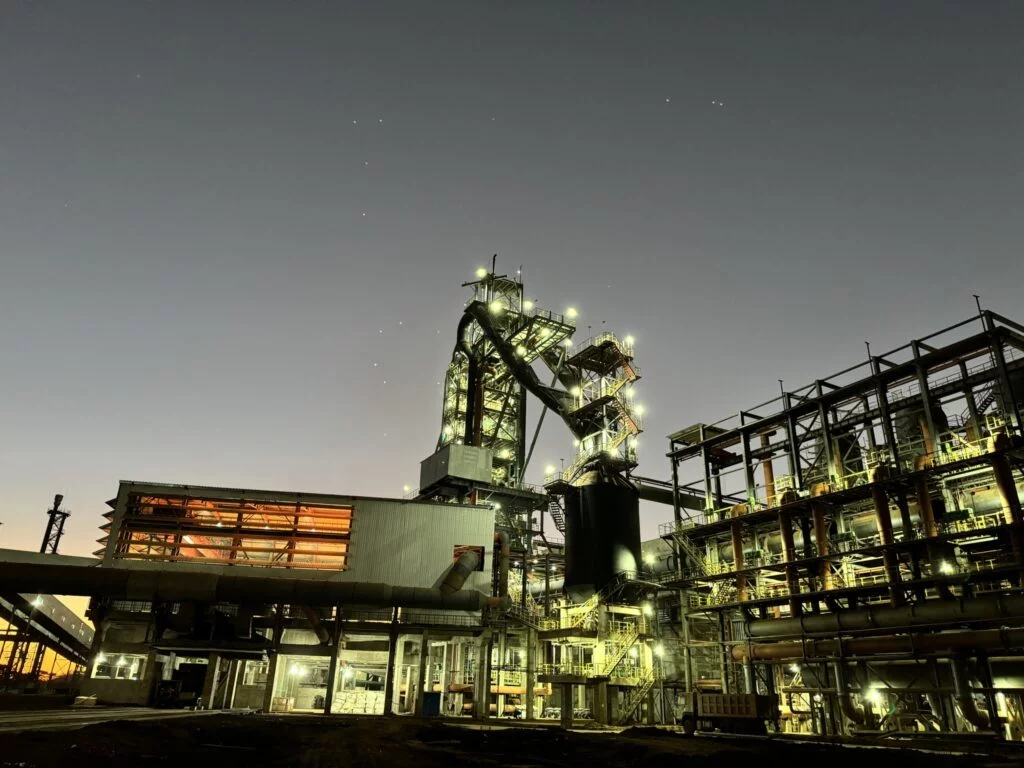Tsingshan Eyes $800m Steel Expansion in Zimbabwe, But Market Will Decide
Chinese nickel and steel giant Tsingshan Holding Group is considering pumping a massive $800 million into expanding its steel operations in Zimbabwe — a move that could double the country’s steel output. But there’s one catch: the company says it will only go ahead if the market can handle that much supply.
The investment, to be handled through its local arm, Dinson Iron and Steel Company, would add a new blast furnace, rolling and centring plants, plus major supporting infrastructure. Project director Wilfred Motsi explained during a media tour that production could jump from 600,000 metric tonnes a year to 1.2 million tonnes if the plan gets a green light.
But he was quick to stress that timing will depend on demand. “We are ready for the next stage, but we must be sure the market can take that much product before committing,” Motsi noted. Tsingshan already has a strong presence in Zimbabwe with projects in ferrochrome, coking coal, and lithium mining.
The company has also made energy security a cornerstone of its operations. Its first steel project came with a 50-megawatt thermal power plant, cutting reliance on Zimbabwe’s unreliable national grid. By capturing furnace gas to generate extra electricity, it already covers about 20% of its needs — something management says will be vital if output doubles.
Zimbabwe’s government is excited about the prospects. Information Minister Jenfan Muswere said the expansion could slash the nation’s $1 billion annual steel import bill while creating jobs and boosting industrialisation. “A project of this scale will not only cut costs but also drive local manufacturing and infrastructure growth,” he added.
Still, Tsingshan is balancing ambition with caution. While rising construction and industrial projects across Southern Africa are expected to push up steel demand, global price volatility and competition from cheap Asian imports remain a concern. The group says its final decision will depend on market studies and the ability to secure long-term regional contracts.
If it happens, analysts say the project could cement Zimbabwe as a regional steel hub while anchoring Tsingshan’s African growth strategy. It could also give a major lift to downstream industries like engineering, construction, and manufacturing.
But for now, the $800 million gamble hangs on one question: is Zimbabwe — and the region — ready to absorb that much steel?




Post Comment